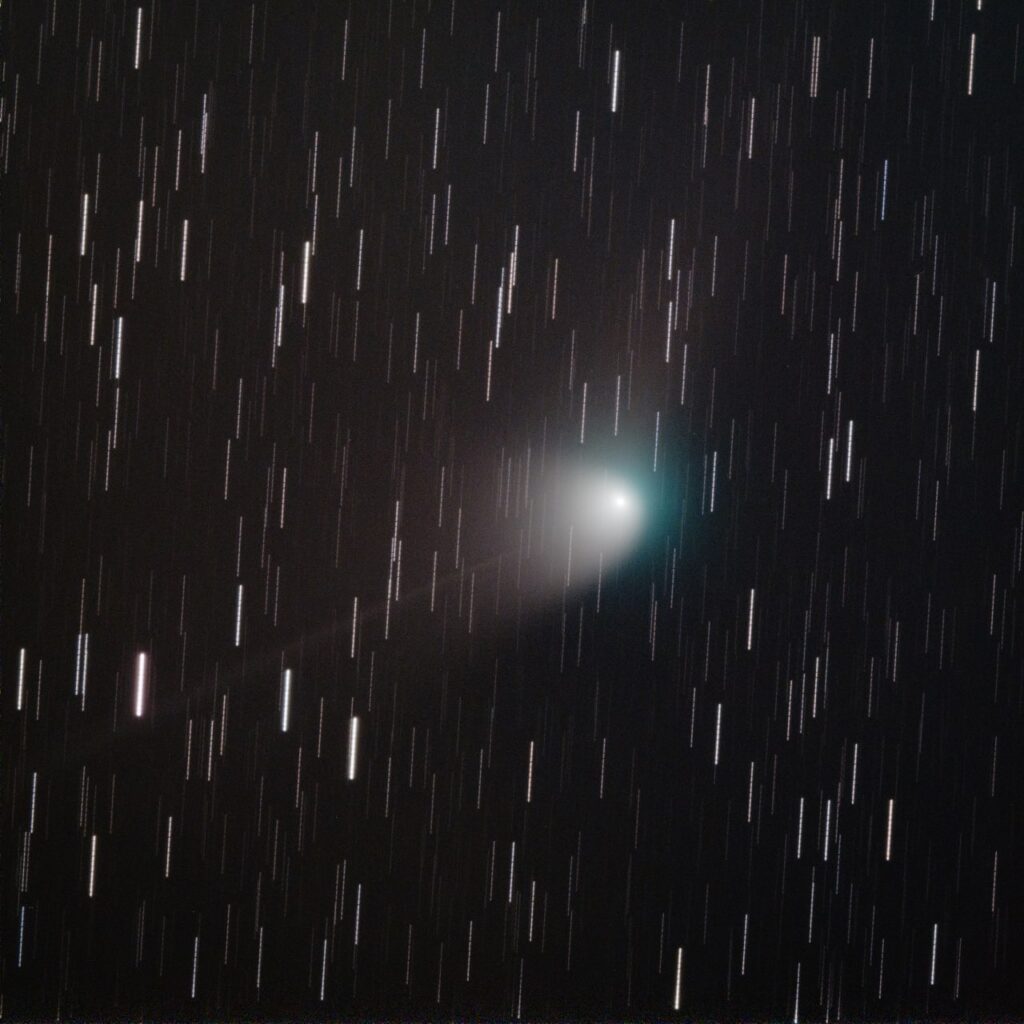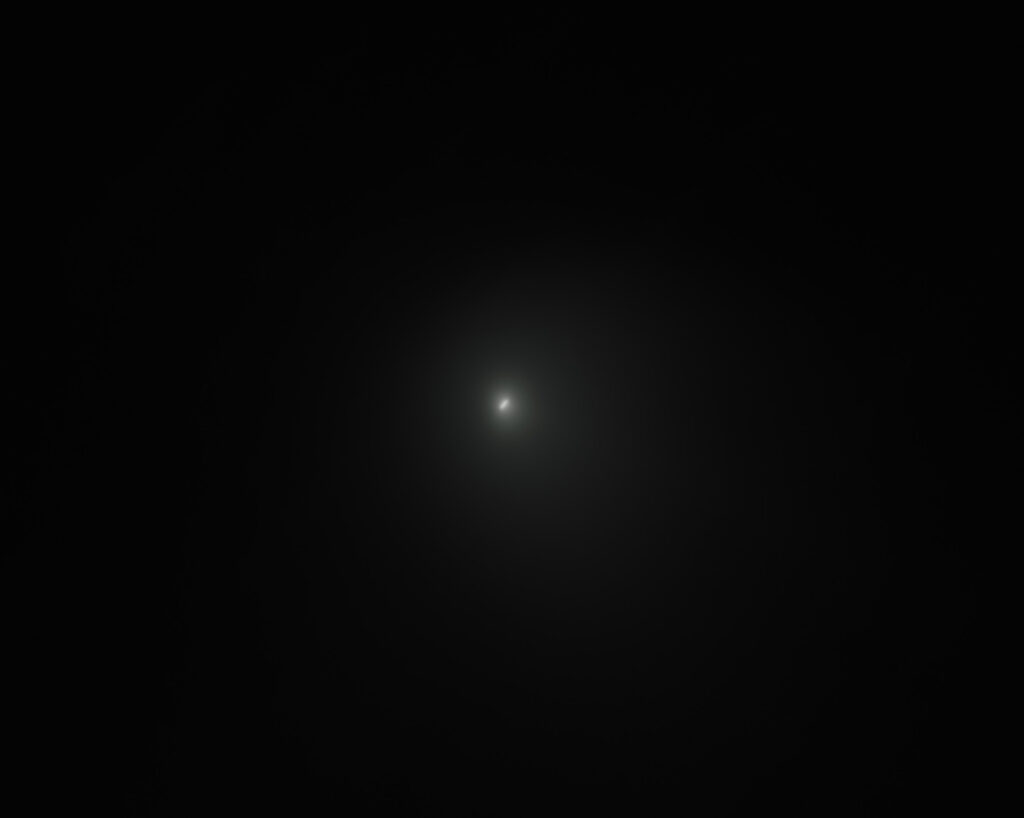Comet C/2022 E3 (ZTF) Visits for the first time in 50,000 years
View it at the Lyme Land Trust Dark Sky Site Jan 31- Feb 10 , 2023
Our newsfeeds are lighting up about the “green comet” visiting us for the first time since Neanderthals walked the earth.
And (ZTF) is where the comet was discovered, at the Zwicky Transient Facility in California.
The good news is the faint comet is visible though mid-February if you know where and when to look. The bad news is you likely need binoculars or a telescope, and you will have to deal with the fickle clouds and the light of the moon. For the self-starters amongst you, here is a primer on where and when the comet will be visible.
As of January 16, the comet was just west of (above) the keystone of the constellation Hercules, rising in the northeast around 2 am. In one week the comet moved well past Hercules towards Draco, Ursa Major and Ursa Minor.
On each successive night, the comet is heading northward (to the left) towards the easily recognizable Big Dipper. By January 30 (Map 2), it passed between the Big and Little Dipper and was situated not far from Polaris, the North Star. By this date, since the comet is near Polaris, it will be visible from sunset through the rest of the night, only limited by your sight line to the north and northwest horizon. From sunset, as the evening progresses, the comet will appear to circle Polaris in a counterclockwise motion.
Throughout early February, the comet will continue its westward trek, rising higher in the sky each evening as it passes over the sunset spot on the horizon and into the southwest sky. It will pass through the constellations Auriga and then Taurus, home to the Pleiades star cluster, the bright star Aldebaran, and the planet Mars. On the evening of February 10, the comet will make a relatively close approach to the bright orange-red planet Mars in the southwestern sky (Map 3).
Come view the comet at the Trail 53 Dark Sky Observatory!!
The Lyme Land Trust astronomy group is invested in helping you appreciate the wonders of the dark sky. To view the green comet before it recedes deep into the solar system, we will do our best to have at least one telescope at the ready at our dark sky site each evening from January 31 through February 10. To the extent feasible, we will be out from sunset until 8 pm every night that is free of clouds. Check in with us to confirm we will be out that night: On any evening in that window that you wish to come by and observe the comet, please email us at astronomy@lymelandtrust.org. We will let you know if we will be at the dark sky site and provide directions.
Update Feb. 2: Last night we had a fair crowd out from sunset until about 7pm, at which point we were all very cold and we only enjoyed intermittent views because of the streaks of cloud all over the sky. At one point the north opened up, and we all did get a glimpse of C/2022 E3 (ZTF). It is still a disappointing grey smudge. Inexperienced viewers commented they wouldn’t have even noticed it in the eyepiece if they were not coached on what to look for. Our best hope is for a surprising last hoorah of brightening before it departs mid-February beyond the capability of our telescopes.
All map images are from The Sky Live. Visit that site and enter your location, and the date and time that you plan on observing, to create your own custom finder map.
For more information about the Lyme Land Trust Astronomy Group.










